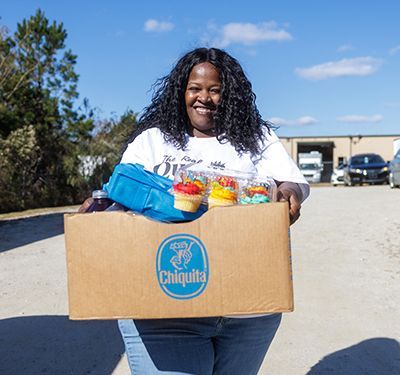Hunger in rural communities
Hunger is a problem in every part of the United States. But it is more common in rural areas. Rural areas comprise less than two-thirds of all U.S. counties, but 9 out of 10 counties with the highest food insecurity rates are rural.

Why hunger is more common in rural areas
There are many reasons why hunger is more common in rural areas, including:
Lack of transportation
People in rural areas often live far away from grocery stores and food pantries. That can make it difficult to get food, especially without a car or public transit.
Low wages and underemployment
Jobs in rural areas often pay low wages and don’t offer full-time hours. This can make it difficult to afford food, even if you work multiple jobs.
Racism and discrimination
People of color in rural areas are more likely to face hunger due to long-term inequalities affecting food access. In 2022, Black people in rural counties were 2.5 more likely to face hunger. Native Americans living in rural areas face some of the highest rates of hunger.
Addressing rural hunger
Feeding America, a national network of food banks, provides food and resources to people experiencing food insecurity, including rural communities. Some of the ways we address rural hunger include:

Mobile pantry
Mobile pantries bring food directly to rural communities so people don’t need to travel long distances to get the food they need.

SNAP application assistance
SNAP counselors in the Feeding America network help people apply for SNAP, a government program that helps people buy food.

Programs for hard-to-reach communities
The Feeding America network offers programs like the Mail-A-Meal program to increase food access in hard-to-reach communities.

Grants to members
Feeding America has provided over $100 million in grants to network members to support communities of color and rural communities experiencing hunger.
How you can help
There are many ways to help end hunger in rural communities, including:

Donate
Your donation will help Feeding America continue to fund innovative programs that provide food and resources to people living in rural communities.

Advocate
Support federal nutrition programs that help fund important nutrition and agriculture programs.

Volunteer
Many food banks and meal programs rely on volunteers to help them reach rural communities.
